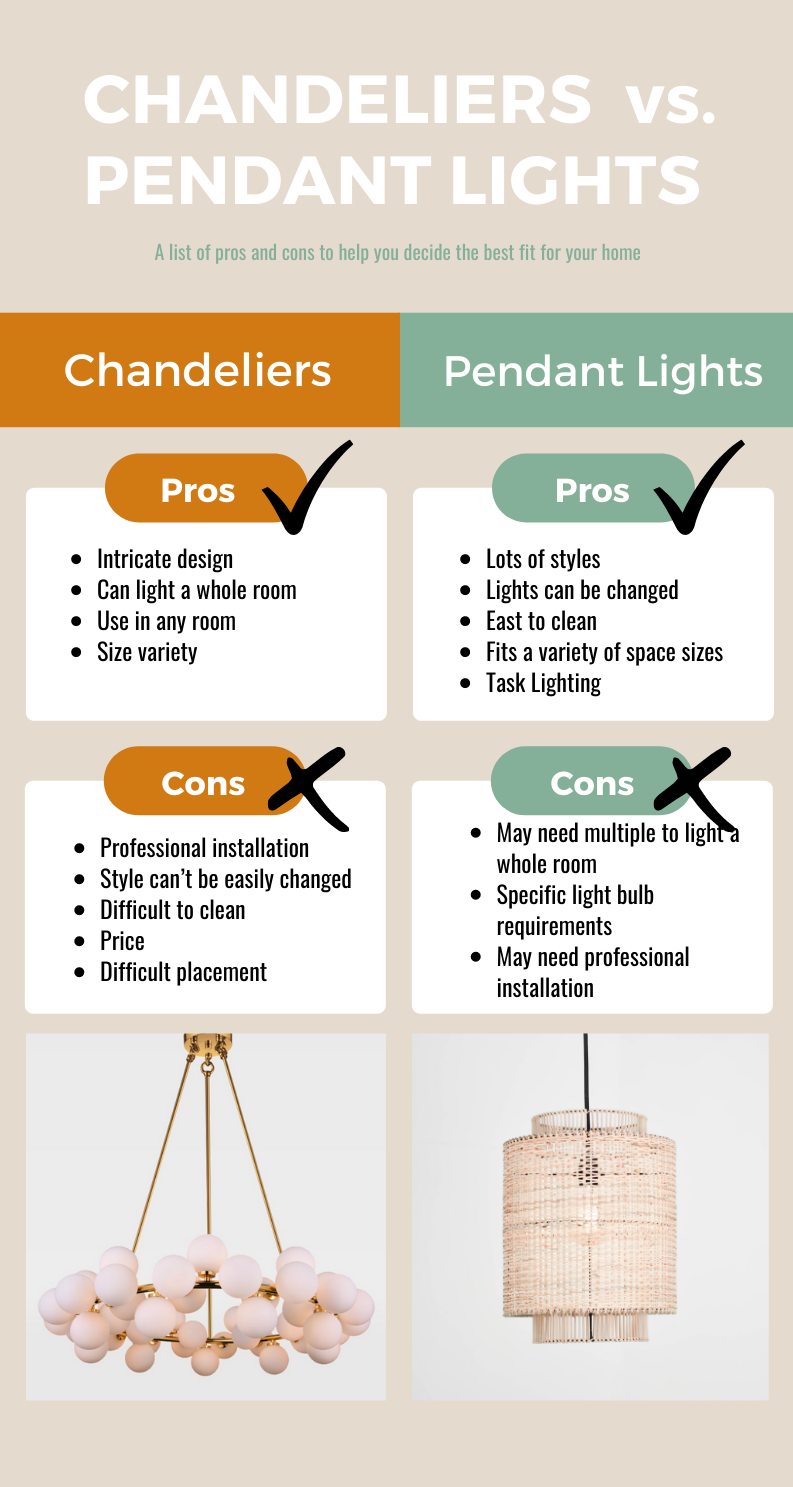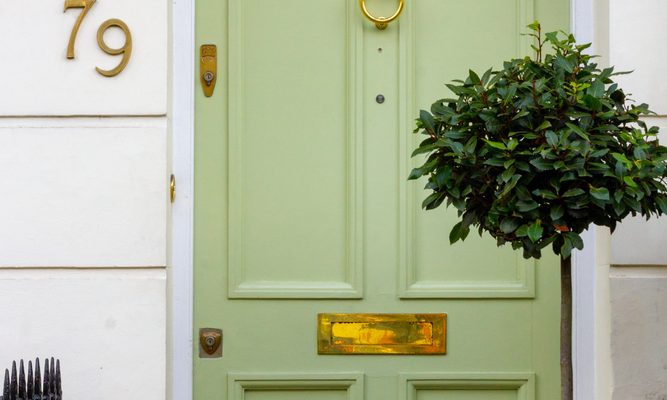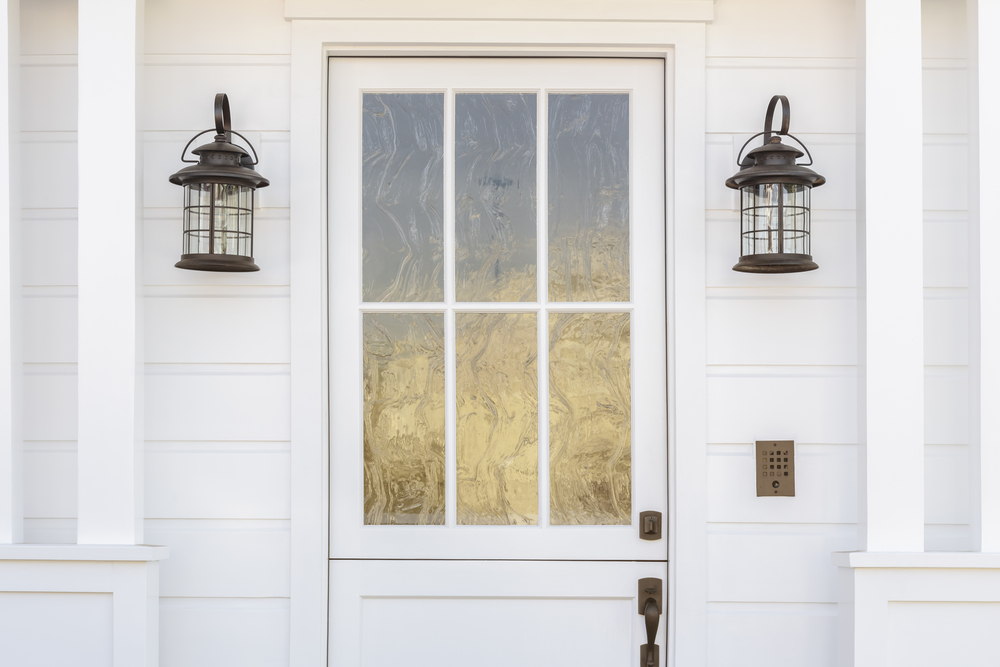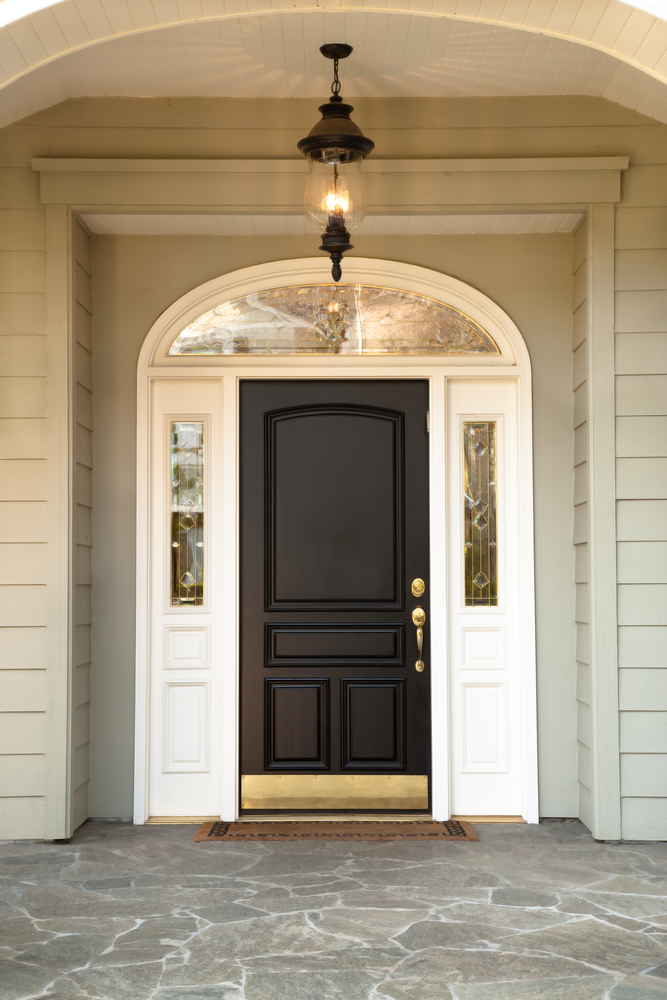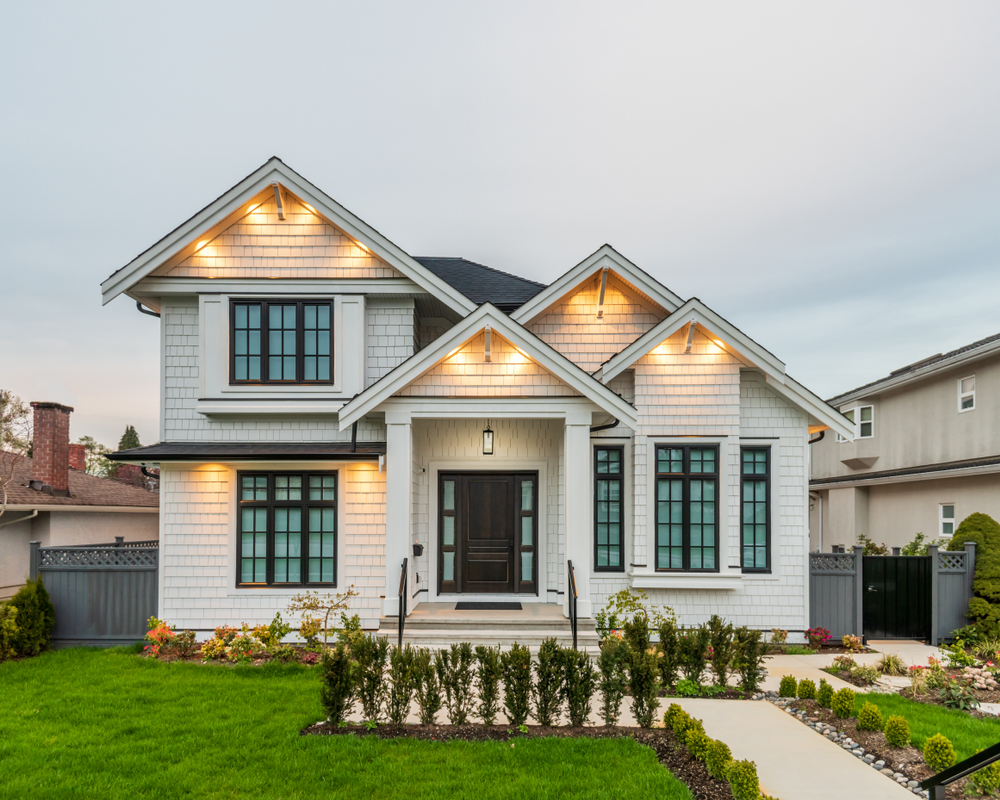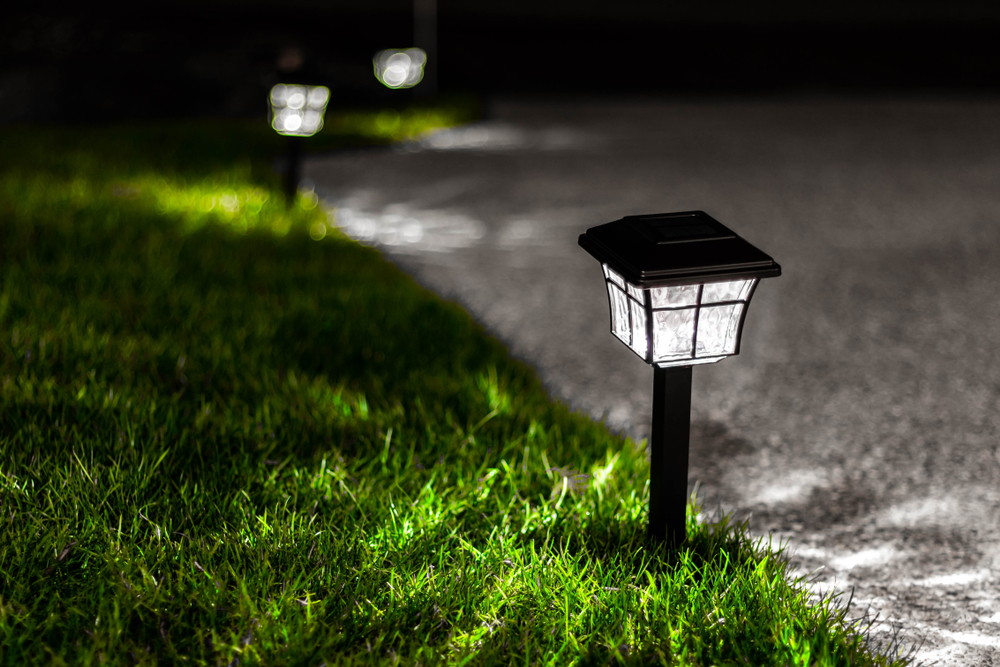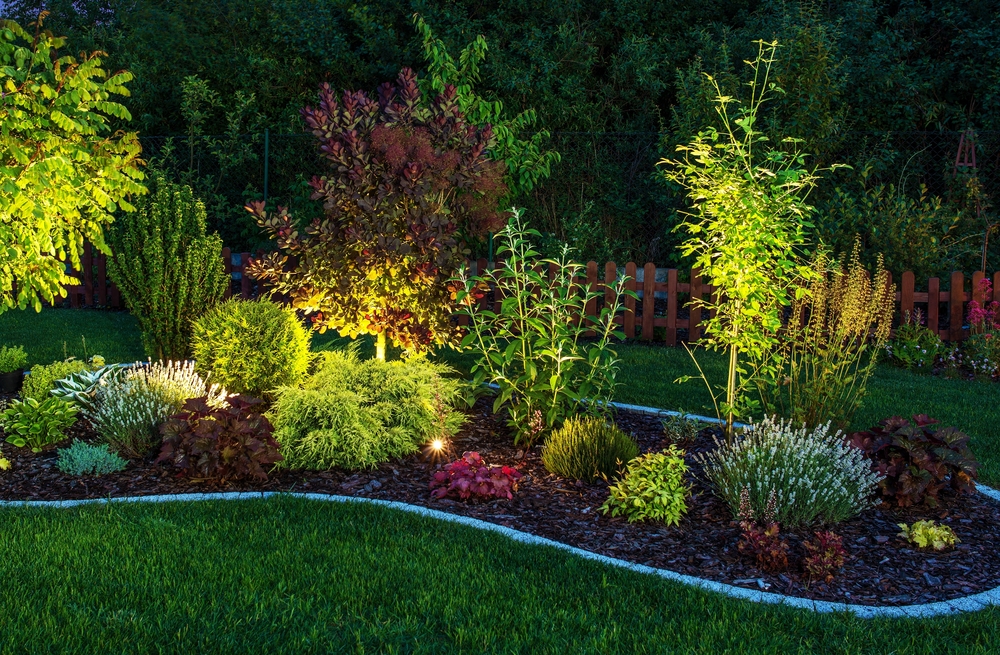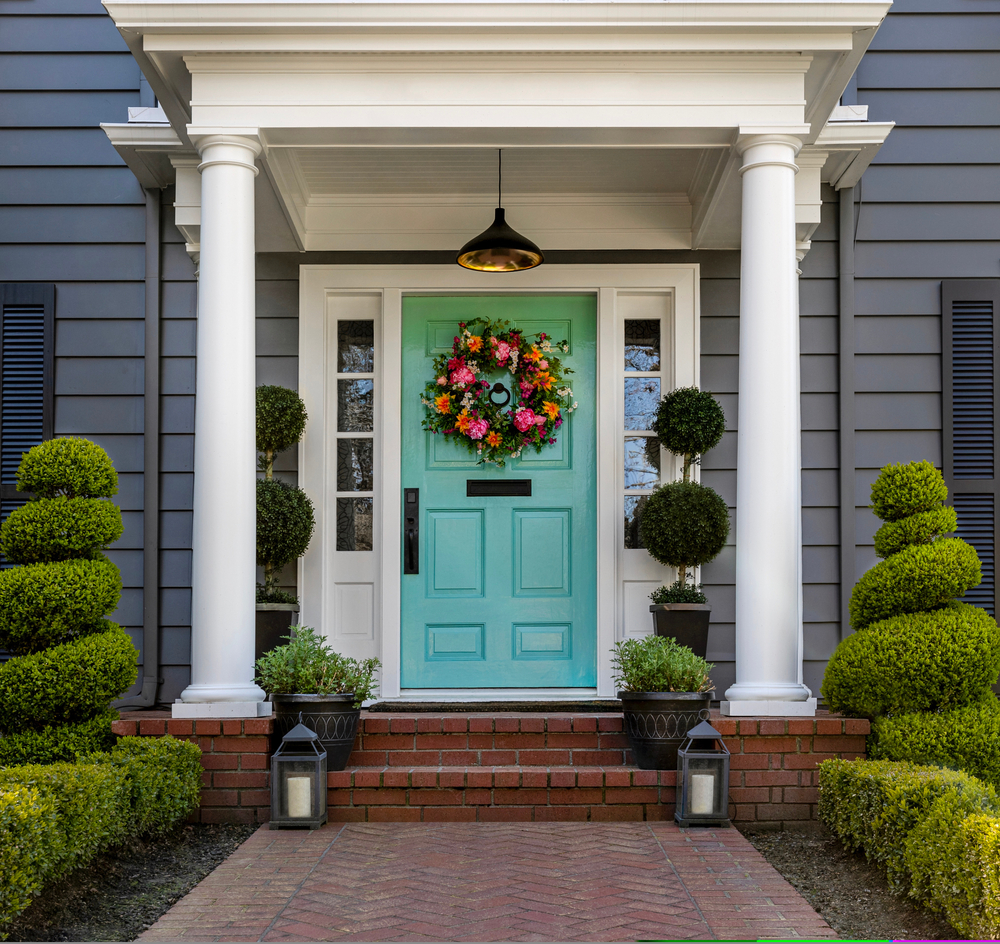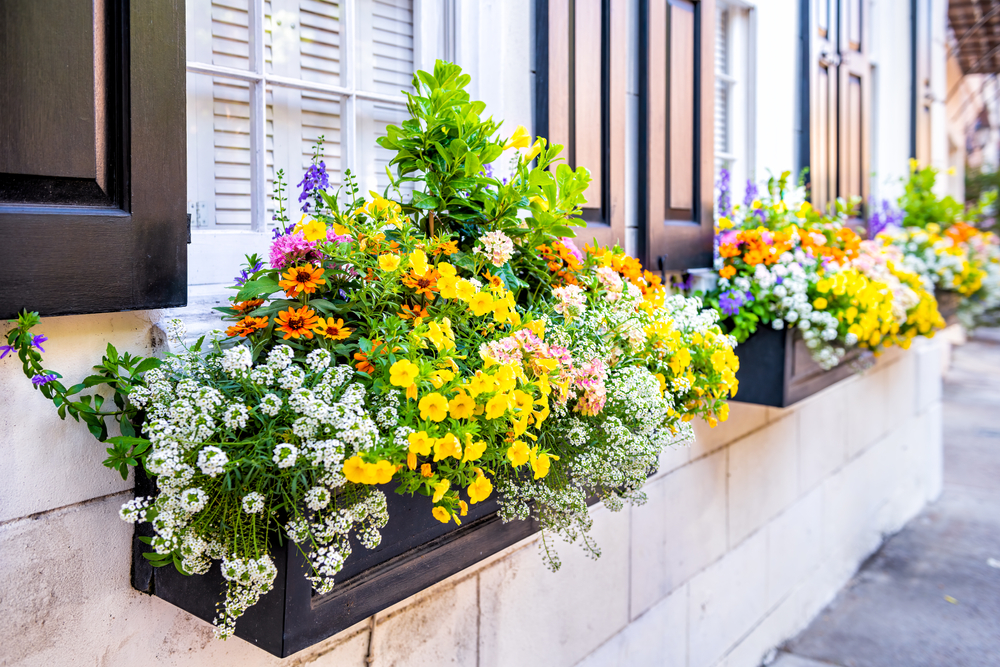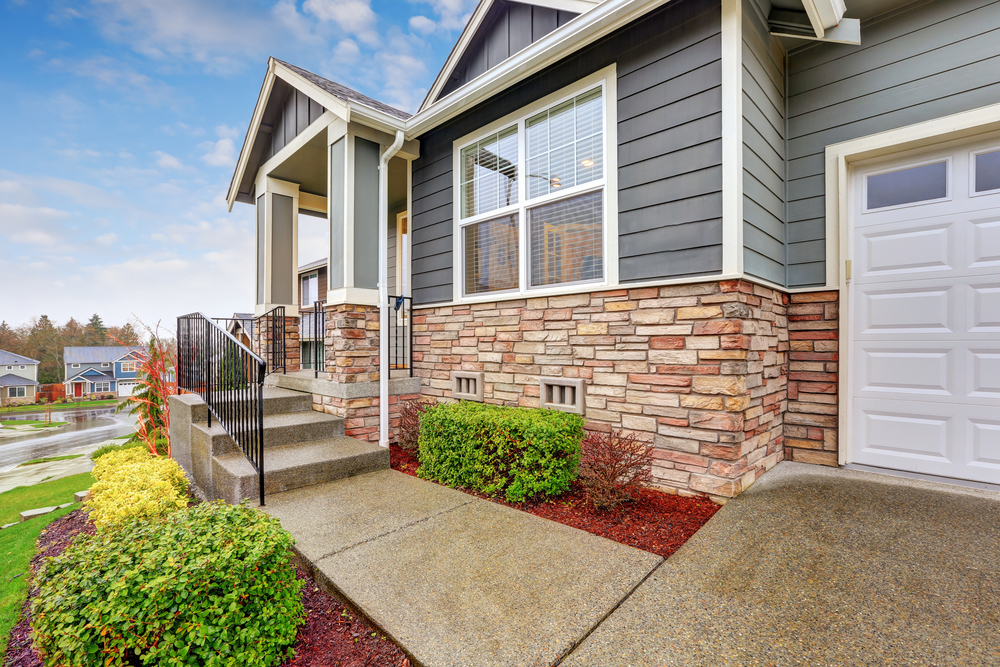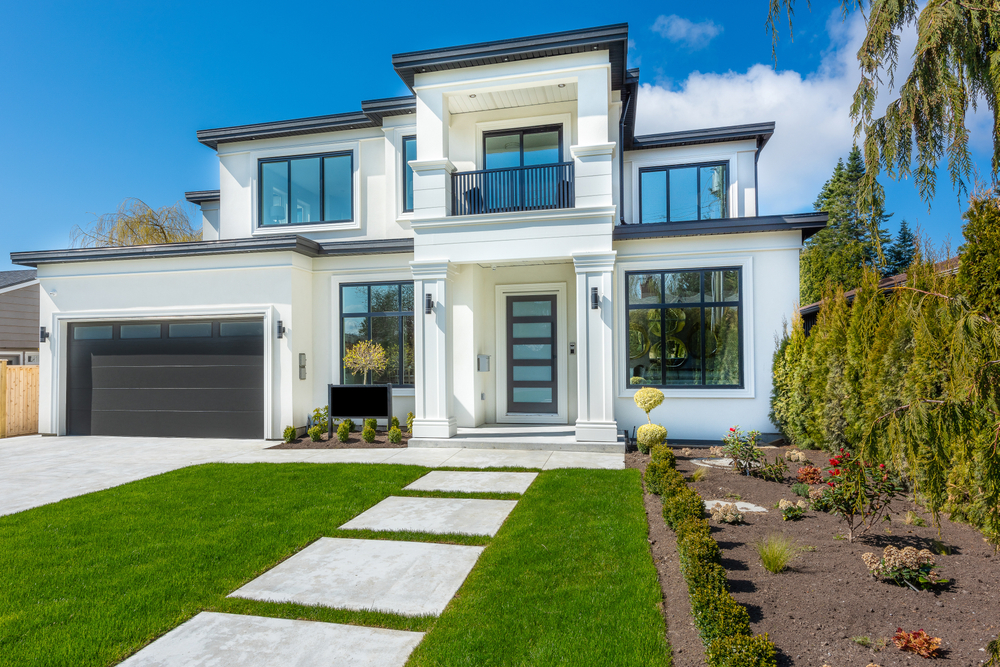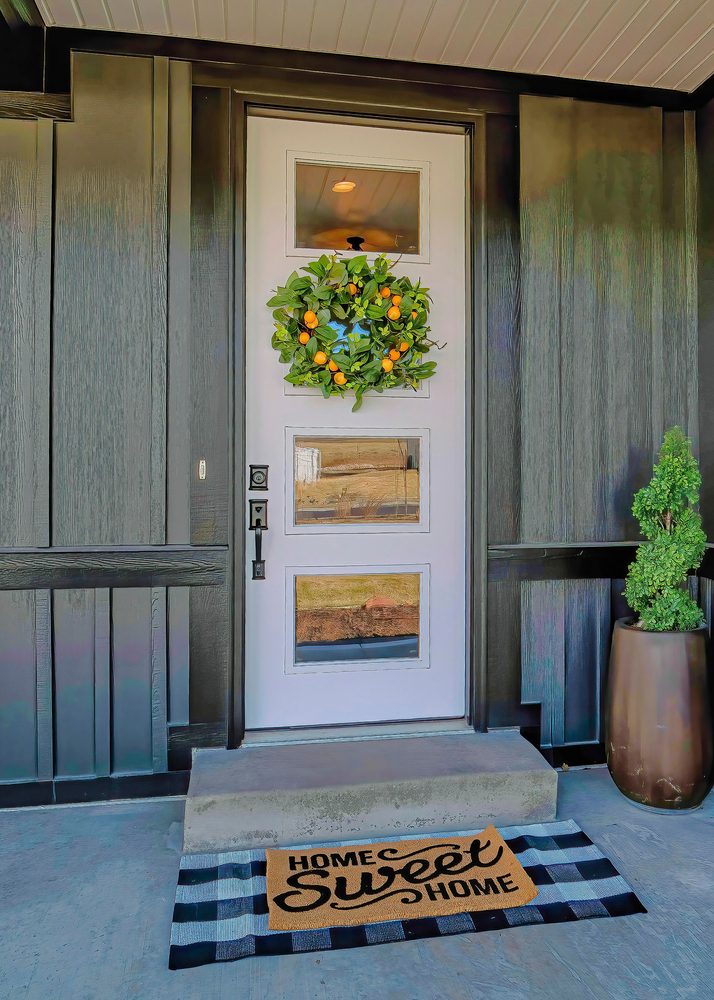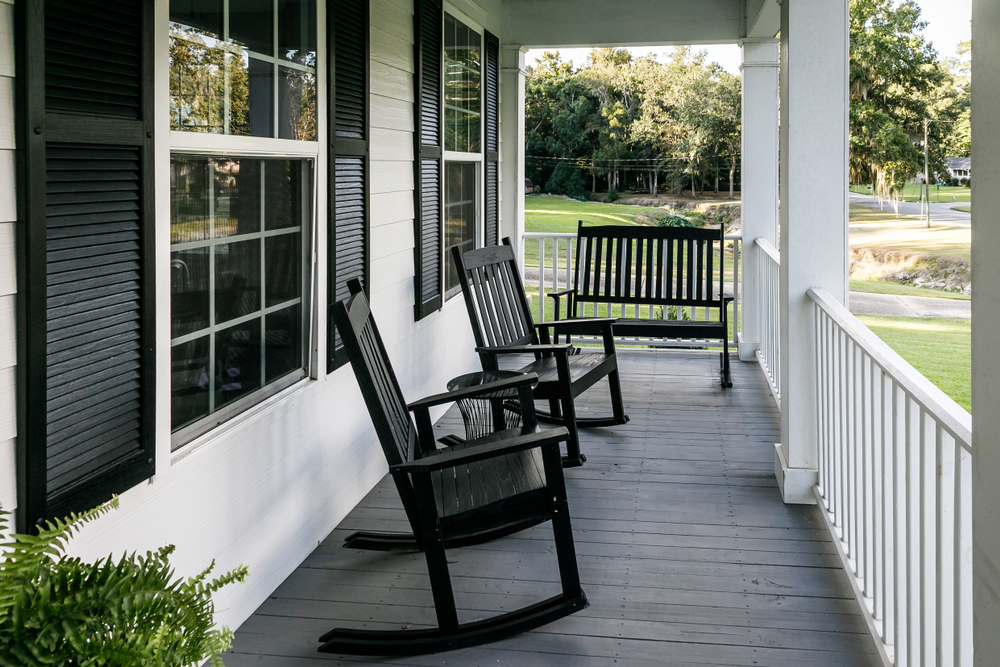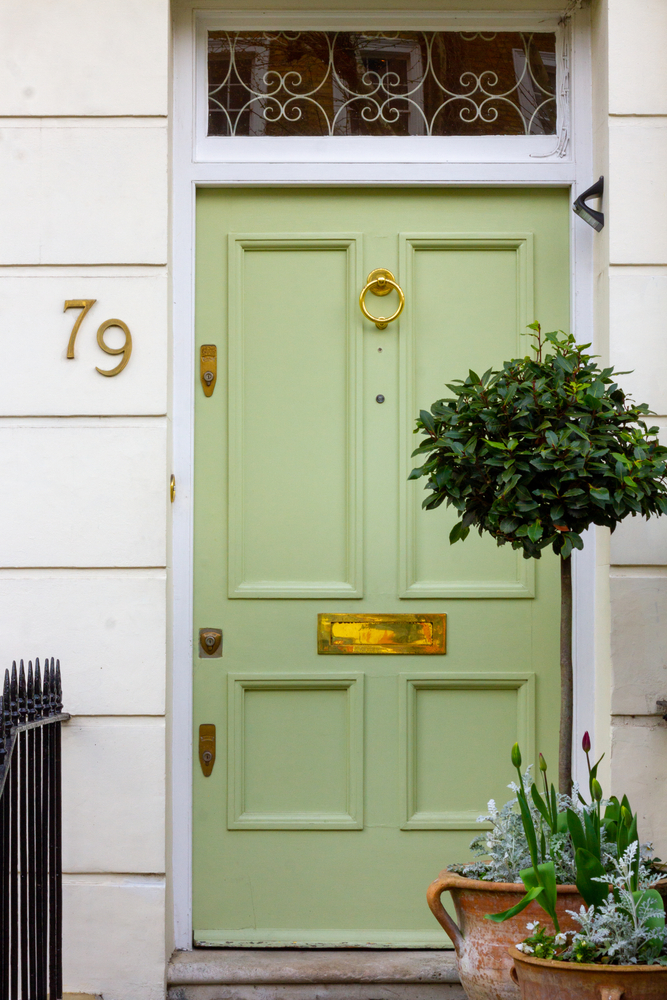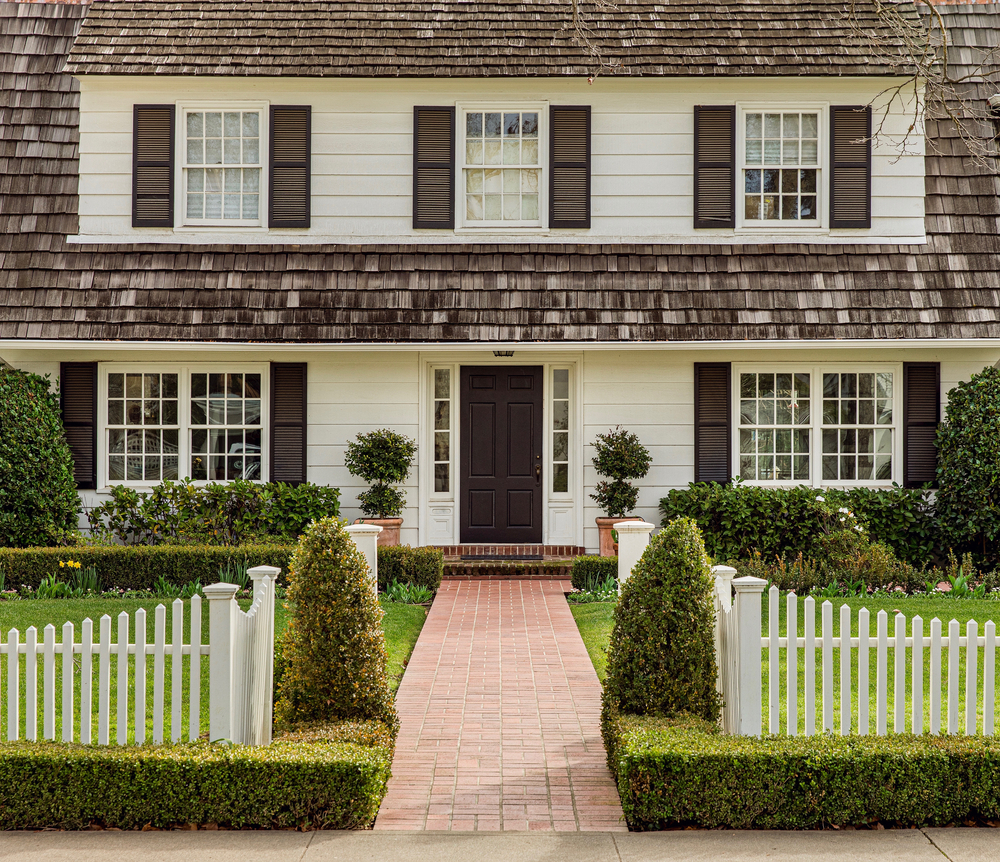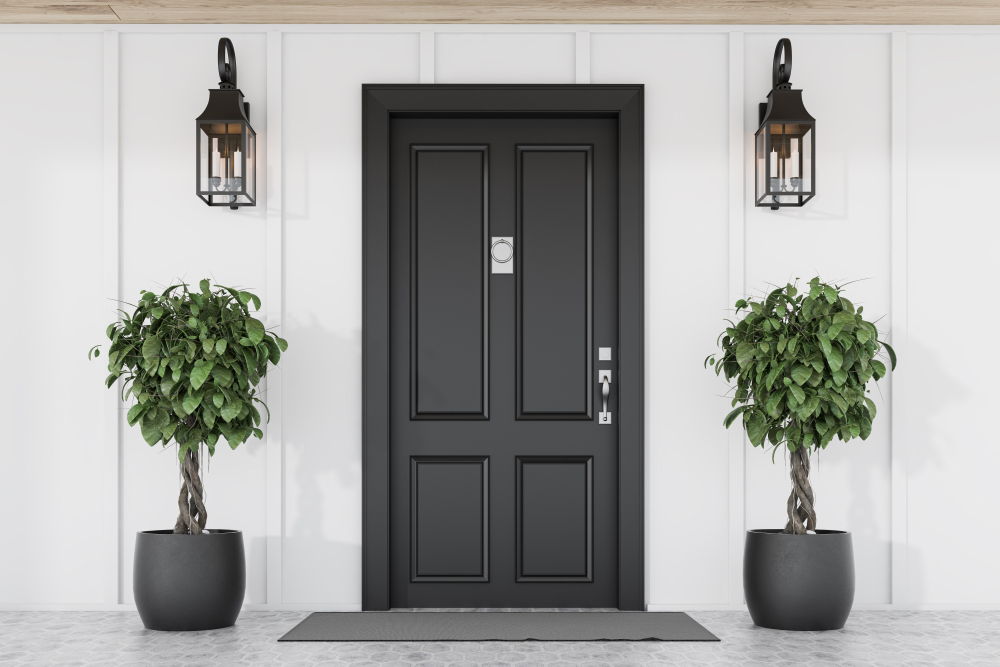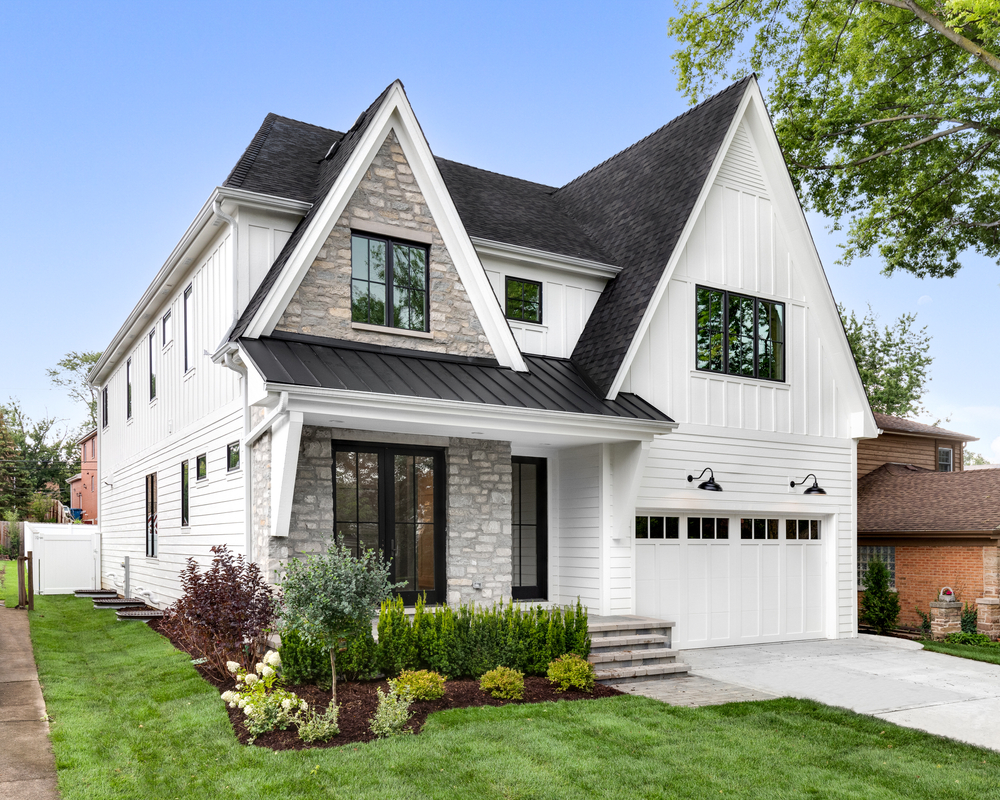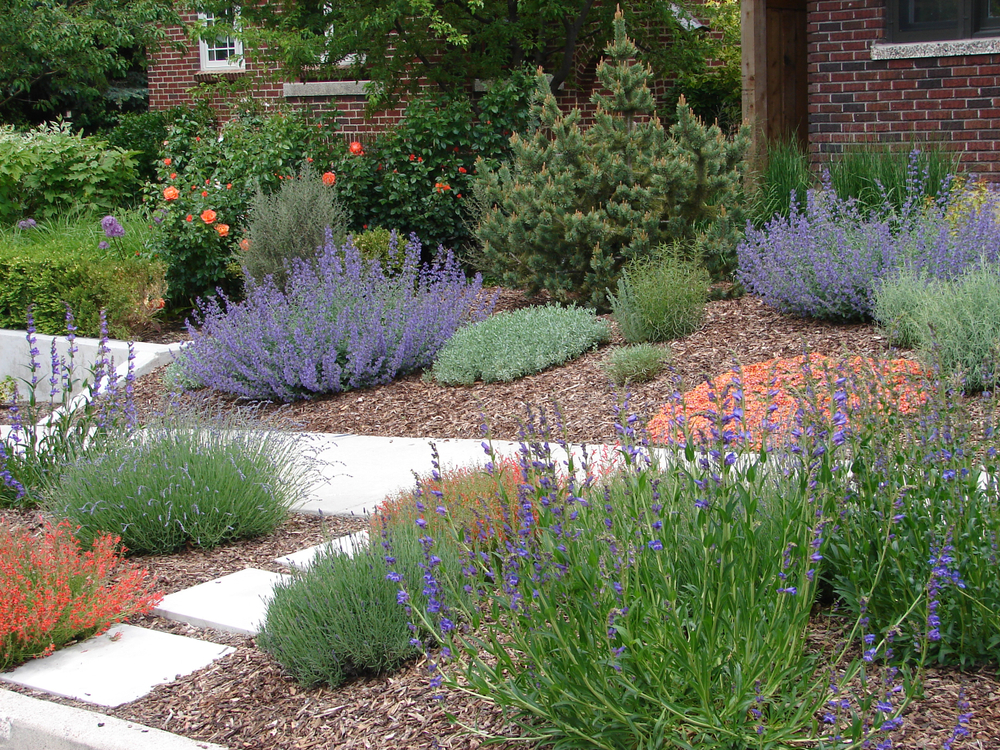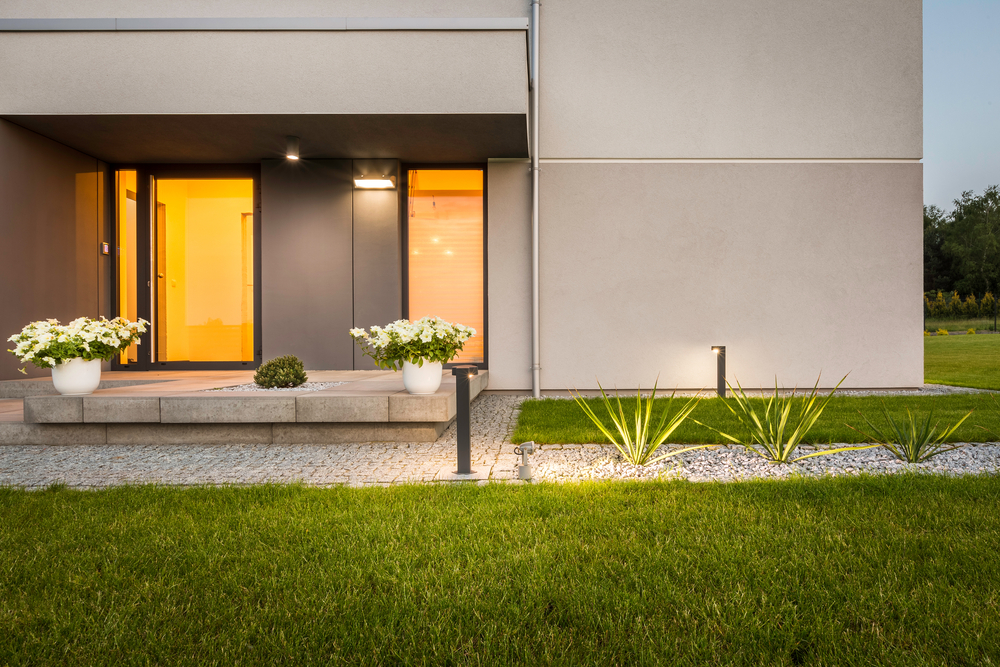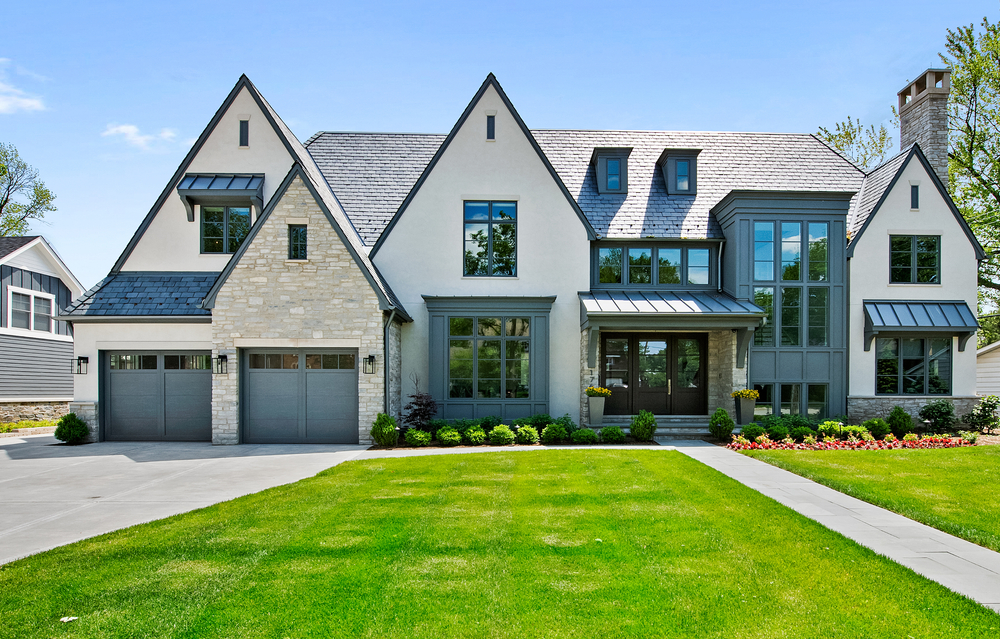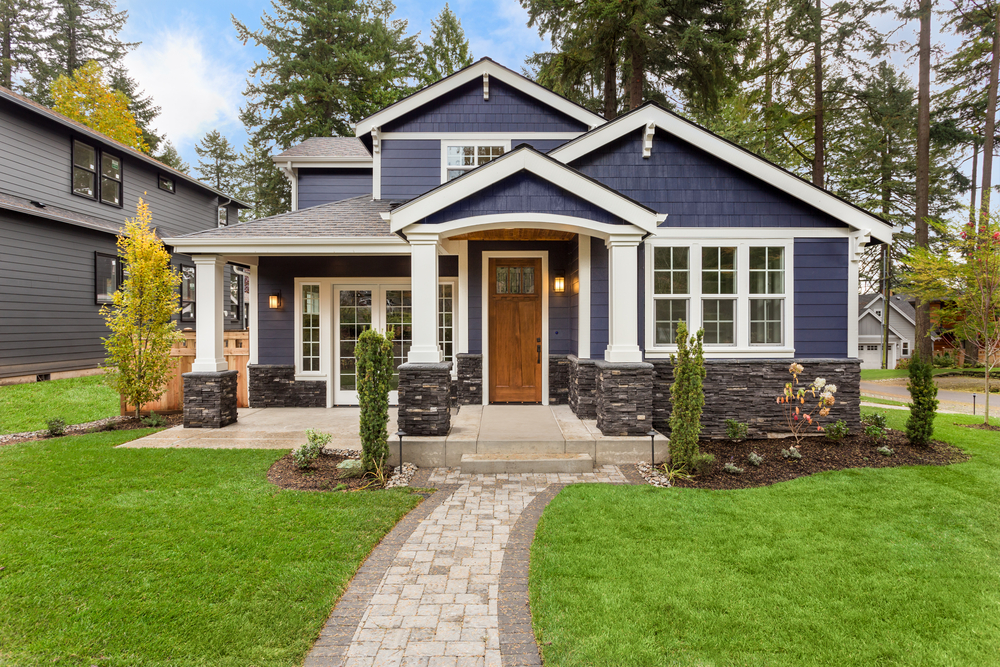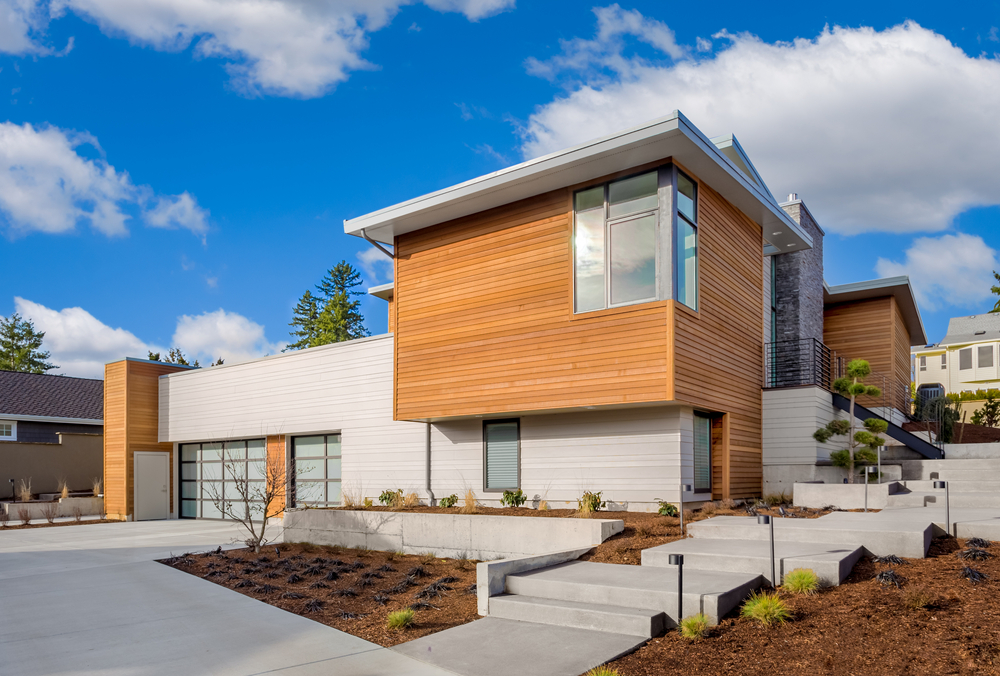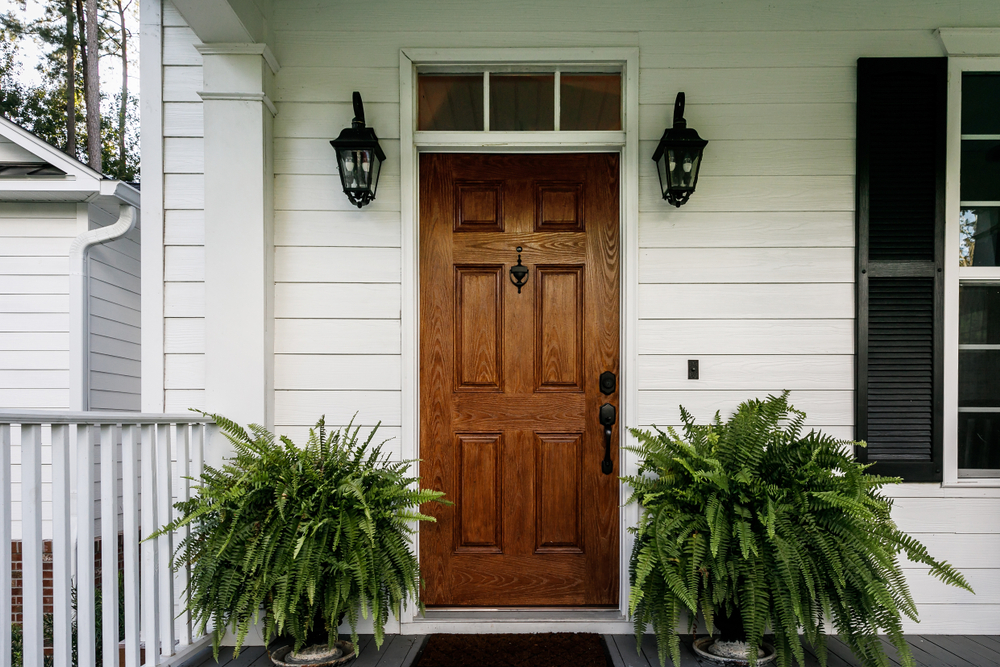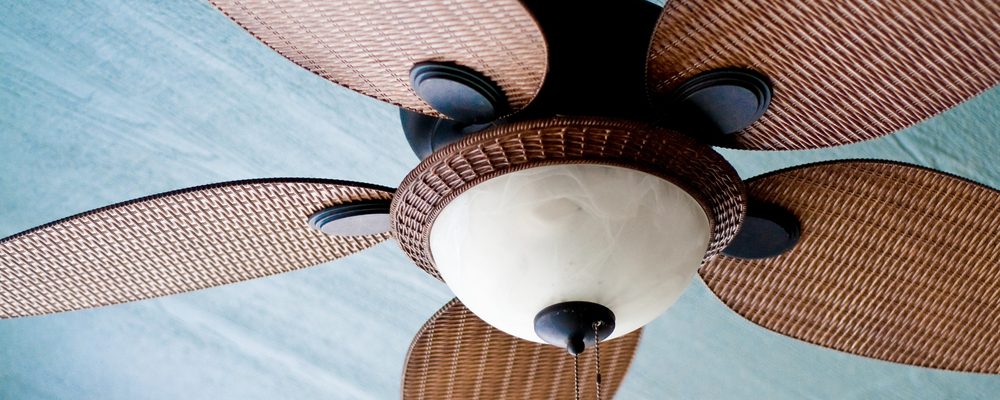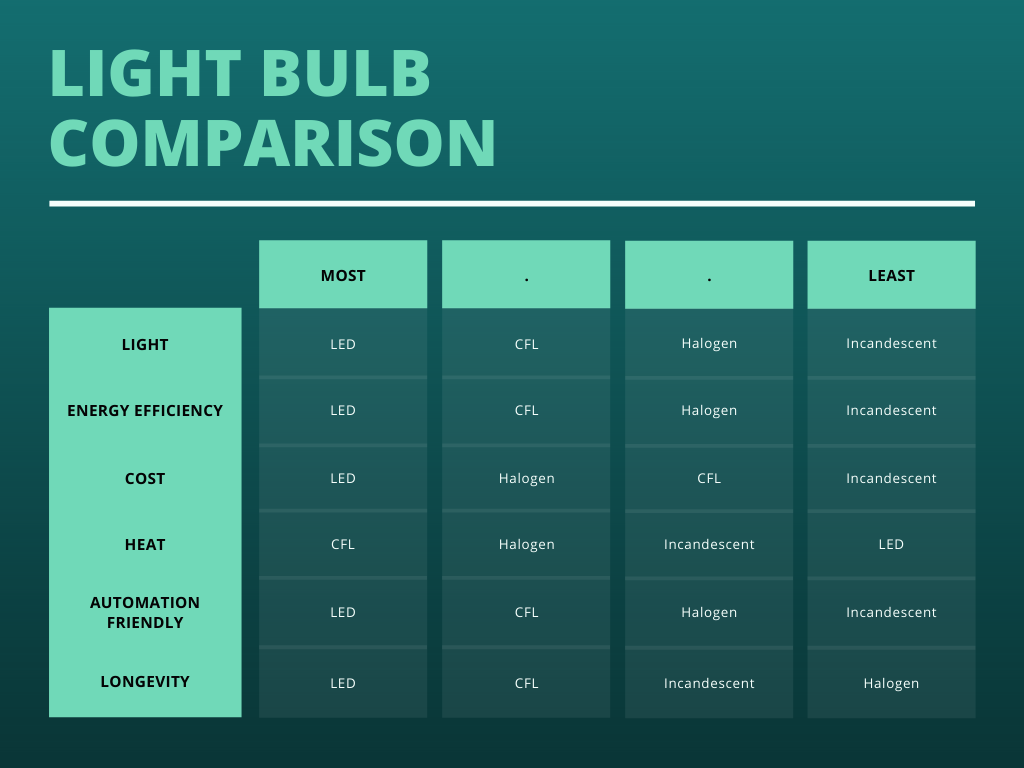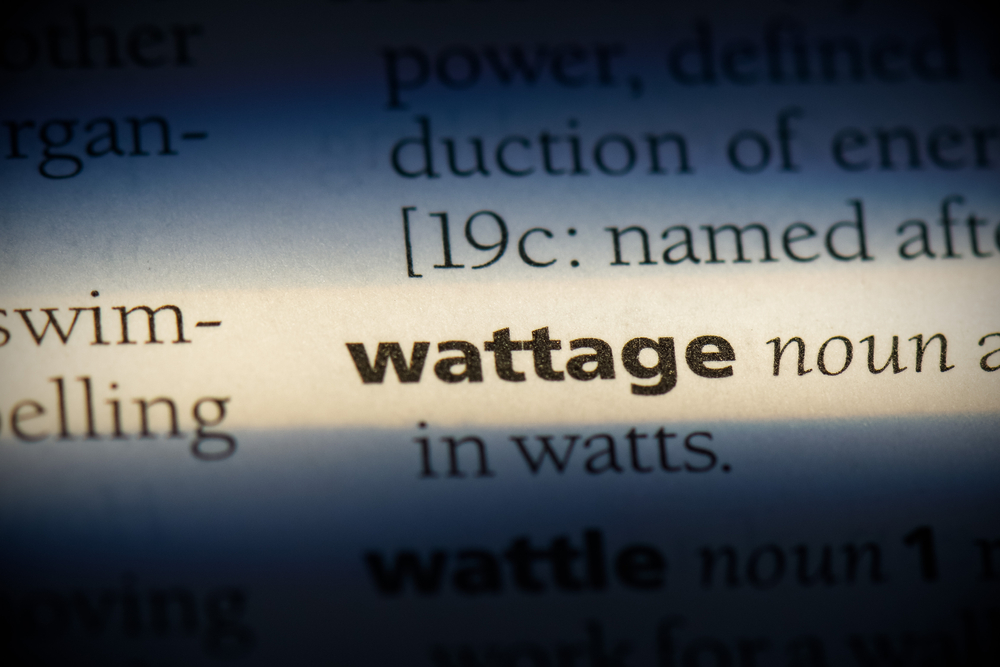Today’s interior design trends are all about neutral color pallets and streamlined minimalist design. While some may love the simplicity, many millennials are tired of the muted, sparse interiors and are pushing back – resulting in the creation of a unique version of vintage interior design they’ve coined “Grandmillennial.”
The term “grandmillennial” can be understood in two parts: “grand” and “millennial.” The “grand” refers to the vintage and classic feel, with rich textiles, colors, patterns, and embellishments. The “millennial” portion nods towards the generation largely responsible for resurrecting these elements while acknowledging their twist on the classics.
In short – think Elizabeth Bennett’s drawing-room sprinkled with references to pop culture, LED lighting, and smart home capabilities.
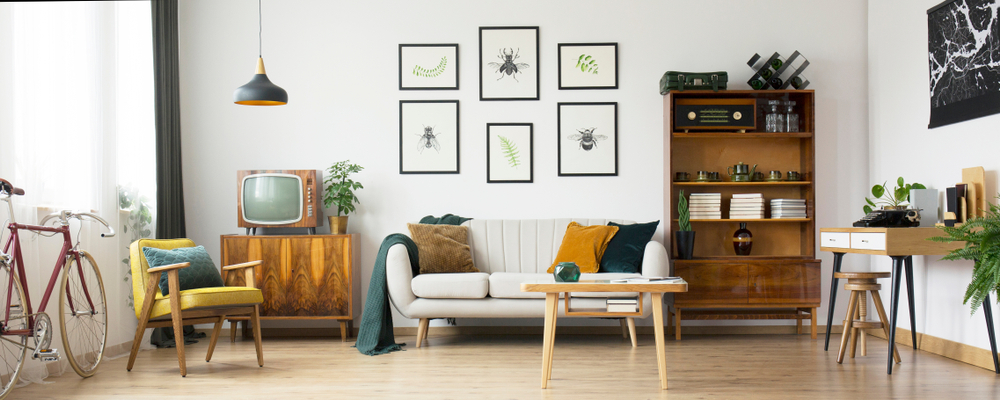
The grandmillennial aesthetic focuses on storytelling through interior design. It uses brighter colors, vintage fabrics, and upholstery, filling the room with interesting points of view. In short, they seem to be embracing their grandmother’s home and furniture, bringing these pieces back to life in a modern application.
As it’s a brand new, trending, and eclectic style, it can be hard to understand how to capture the essence of the grandmillennials. This piece will walk through the essential building blocks – then you can mix and match modern grandma chic your way into grandmillennial design!
Antique Furniture and Inherited Pieces
Grandmillennials love to showcase the family heirlooms that may not have been important to their Gen X parents’ style. Whether it be old couches, tables, art, or even china, grandmillennials are determined to use grandma’s pieces in their homes.
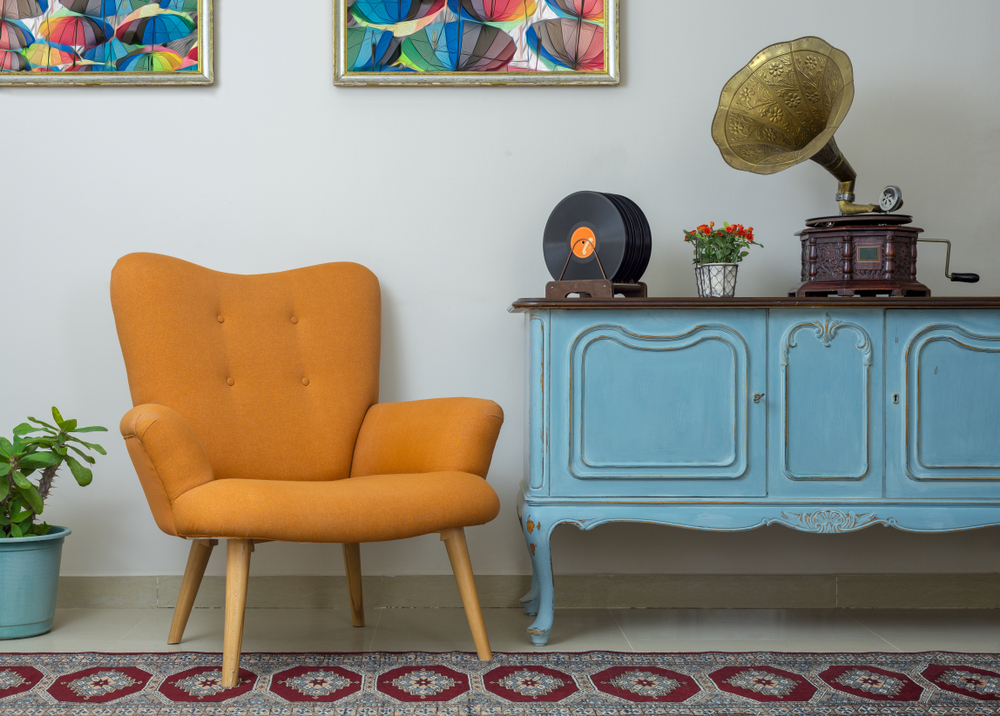
The goal is not to recreate grandma’s house down to the perfumy potpourri, but to bring classic warmth and texture into a modern context. It’s perfectly fine to restore older pieces with a modern touch before using them in your home.
Pro tip: If you thrift or inherit a beautiful lamp that doesn’t work (or has suspect wiring), it’s easy to restore vintage lamps by replacing the wiring with up-to-code materials.
Brighter Colors and Lots of Patterns
Leaving the neutral palettes of minimalism behind, the grandmillennial style embraces layering pattern and color. However, this balance can be tricky since grandmillennial design isn’t fully eclectic. Instead, it uses complementary colors with one grounding pattern to anchor the others.

You’ll often see this done on the walls with floral wallpaper, textured surfaces, or large pieces of colorful art. If not on the walls, these colors and patterns are found in furniture items and accessories. They’ll be balanced out with solid, complementary colors elsewhere in the room – a floral wallpaper with board and batten below, or a bright sofa with a light, airy paint on the walls.
Pro tip: Spend time with your paint and wallpaper samples at home and watch how they change between the natural sunlight and your electric light. Modern light bulbs typically come in either warm or cool light, and what you choose will change how your paint looks!
More “Stuff”
In an anti-minimalist movement, grandmillennial design simply uses more stuff. Designers fill the shelves with art, plants, and figurines, walls are busier with wallpaper and art, and furniture fills up more of the space.
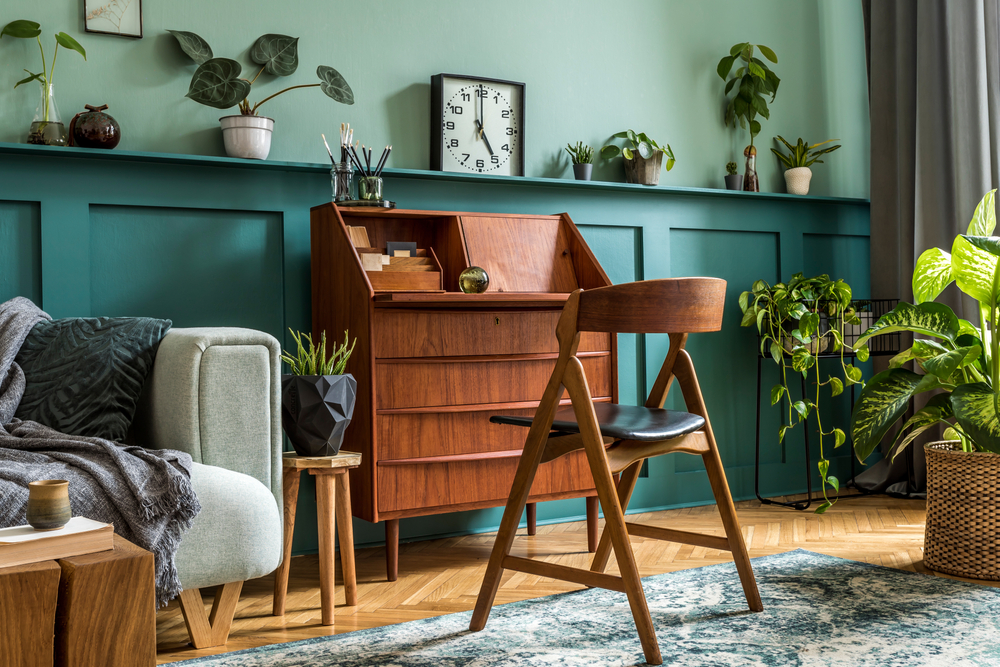
Grandmillennial style also focuses more on embellishments. Old fashioned tassels, crystal chandeliers, tapestries, and metallic accents are common. Showcasing collections and treasures for the sake of displaying them are returning in vogue.
Pro tip: Consider adding LED strip lighting on shelving to highlight your favorite art pieces or collectibles!
Mixing Textures
Velvet, wicker, and woven accents are all fair game in grandmillennial design. In fact, layering these textures will help create the complexity in design that millennials’ grandparents had. You’ll find these textures in furniture, tables, window treatments, and lighting options.
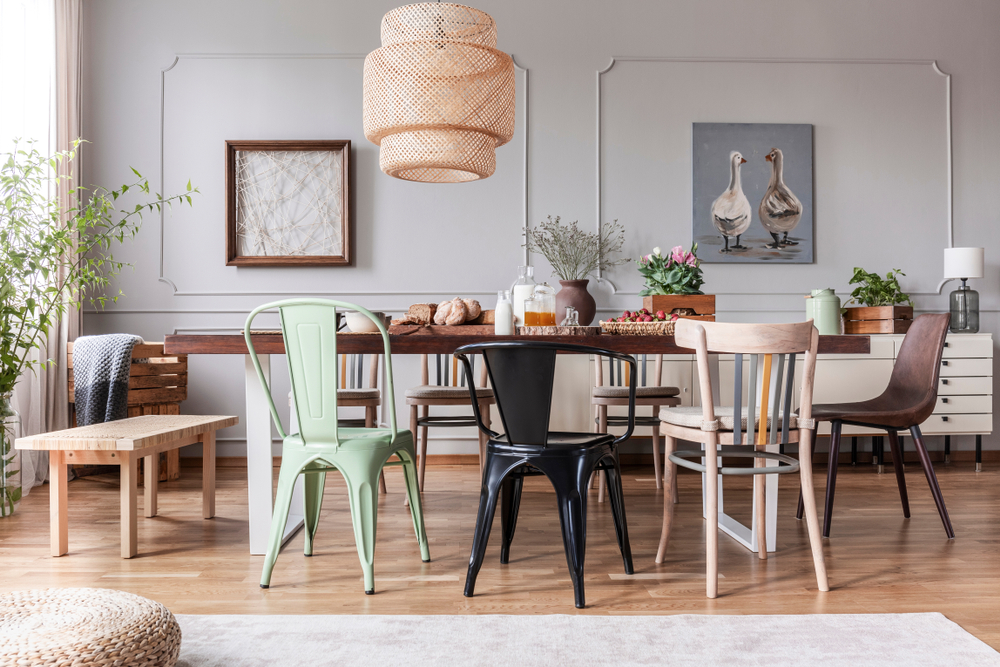
The great thing about grandmillennial design is that it allows you to use whatever textures you like, regardless of how it compares to other trends! Wicker has made a comeback in the last few years, often featured in trendy interiors.
Pro tip: Swapping out your lighting is a great way to introduce a new texture without overcommitting to it. Whether it’s an exposed bulb or rattan shade, an unexpected fixture can add that perfect amount of spice.
Modern Touches and Pop Culture References
A unique difference between grandmillennial and vintage design is a playful reference to pop culture. Next to flowery wallpaper, printed china, and velvet couches are vintage-style portraits of astronaut cats or stylized Stormtroopers.
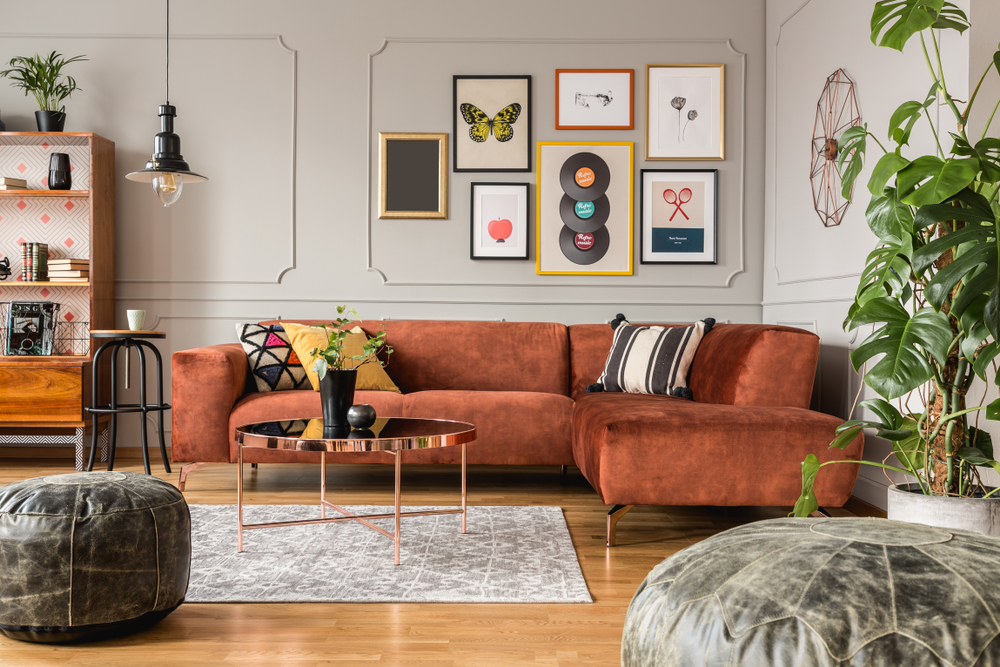
Needlepoint art is another trend that’s been rising in popularity recently. But in grandmillennial design, you’ll find this vintage technique now displays edgy sayings or outlines of famous icons. You’ll find similar pop references hidden in rugs, throws, and pillows too.
Pro tip: Just because you’re embracing grandma’s style doesn’t mean you have to embrace her technology – smart lights and LED strips are a simple, inexpensive way to make your home look much more modern without detracting from your decor.
Go Big with Statement Light Fixtures
The focus on historical pieces offers an excellent opportunity to play with bigger and bolder light fixtures. If you’ve cherished a childhood dream of having a big crystal chandelier, but have always worried it would feel too traditional or stuffy, now is your time to make it happen!
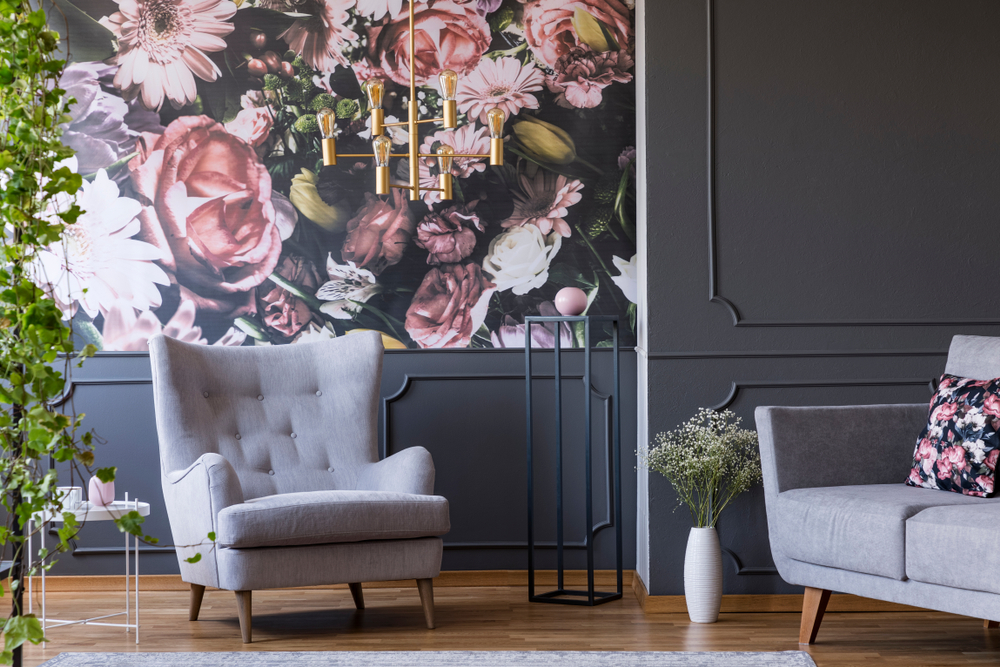
Keep in mind that effective mood lighting for any design requires five to seven different light sources. So while all styles will have layered lighting, the grandmillennial style allows you to really go all out and take full advantage of this layer-friendly trend to elevate your design. From wicker to crystal and velvet to fringe, you have free reign to play without being kitsch.
Pro tip: Lighting showrooms have a vast selection of fixtures at hardware store prices. A visit to your local showroom will let you see the lights in action before you buy so you can find what you want quickly, and the experts there can walk you through the installation process so you can install it like a pro when you get home.
Now You Know!
With these basics in hand, you are ready to embrace the granny chic movement with the perfect modern balance and function.
Display those inherited pieces, get creative with wallpaper, fill your shelves with interesting knickknacks, and try out that beaded light fixture! At the end of the day, grandmillennial design is all about nostalgia and freedom of expression. You do you.
Having trouble choosing what to highlight in your redesign? The dedicated experts at All-Phasecan help you pick the perfect, showstopping light fixtures for your design. Contact us today to get started on your grandmillennial refresh!
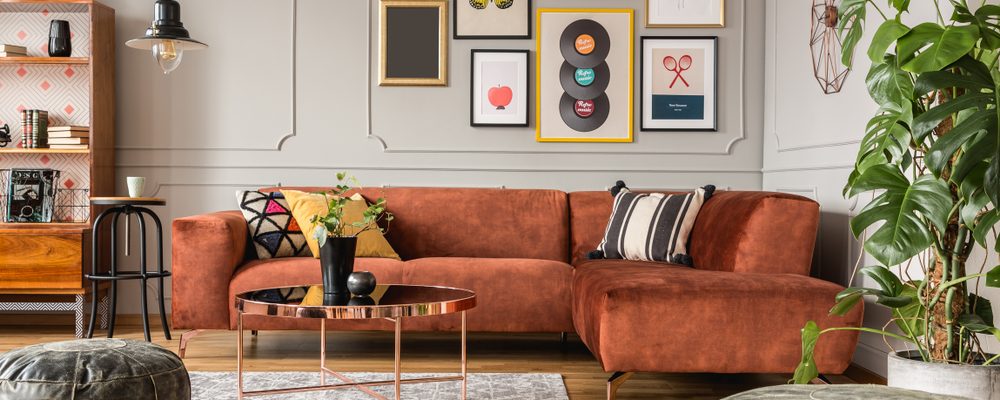
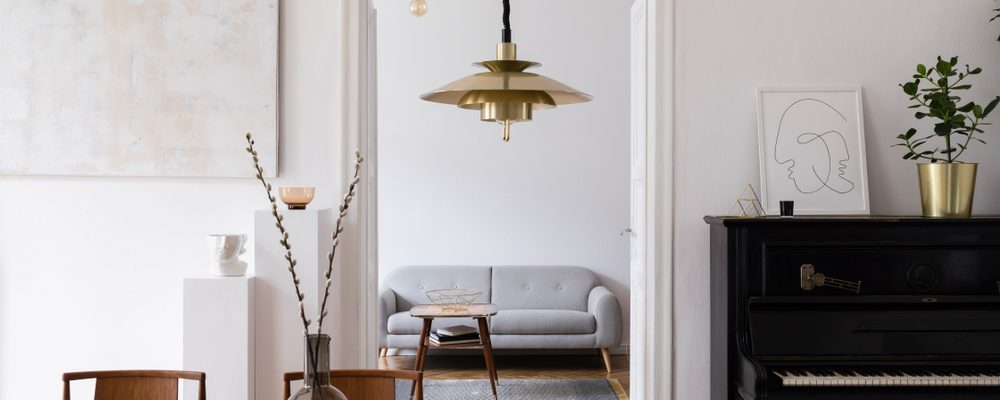
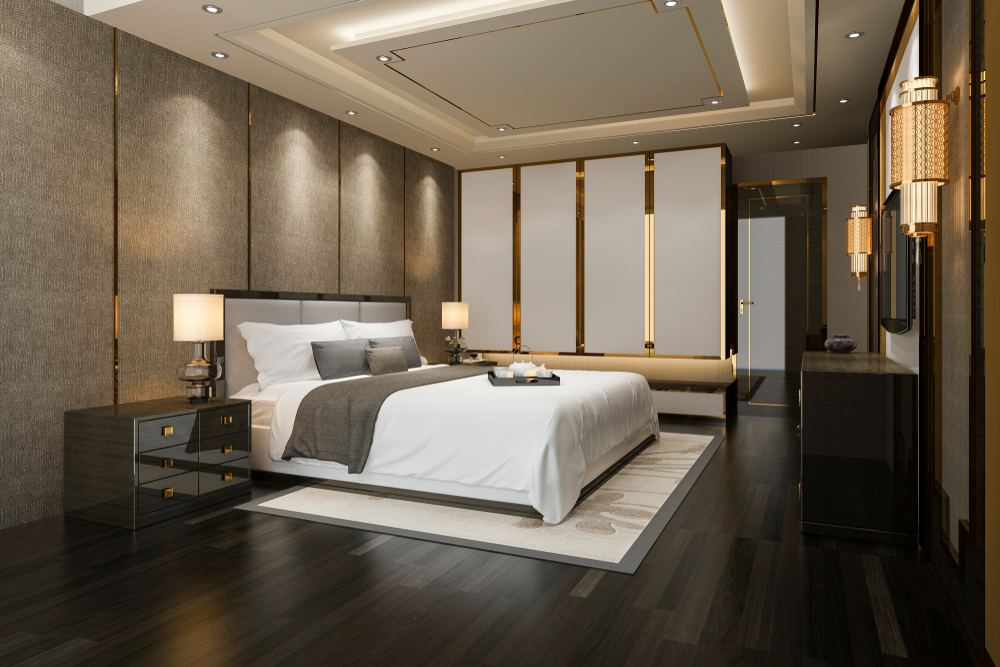
 Diffused light is a natural companion to warm light. This term refers to light that is scattered and doesn’t cast a hard shadow. You can create this effect through reflected or covered lighting. We’ll focus on the latter here and touch more on reflected light in the next section.
Diffused light is a natural companion to warm light. This term refers to light that is scattered and doesn’t cast a hard shadow. You can create this effect through reflected or covered lighting. We’ll focus on the latter here and touch more on reflected light in the next section.
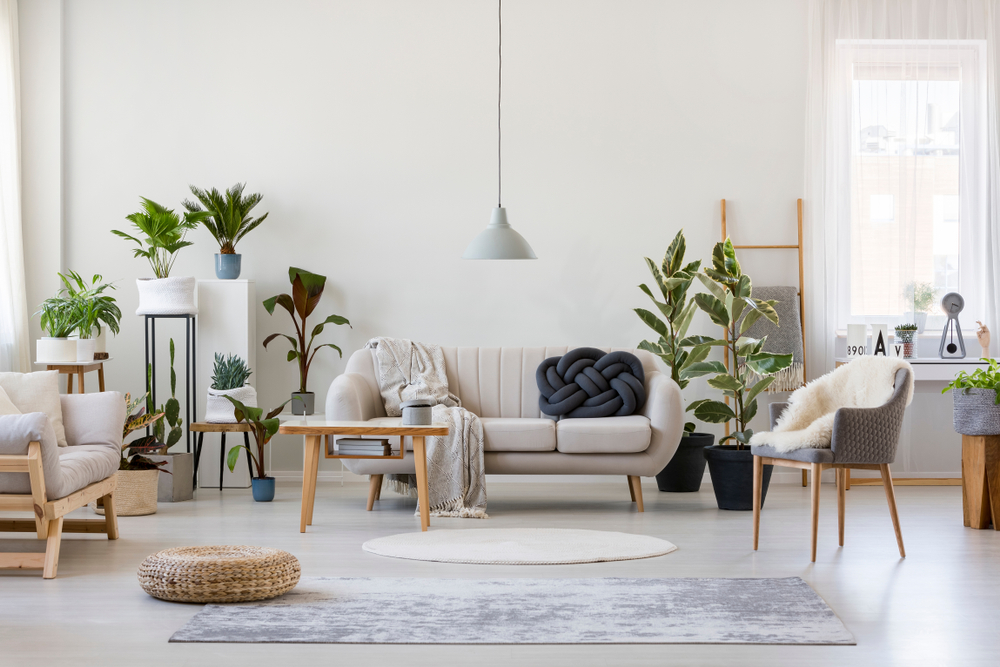
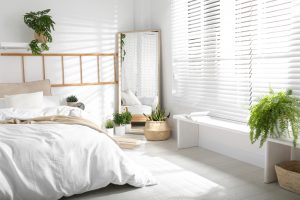

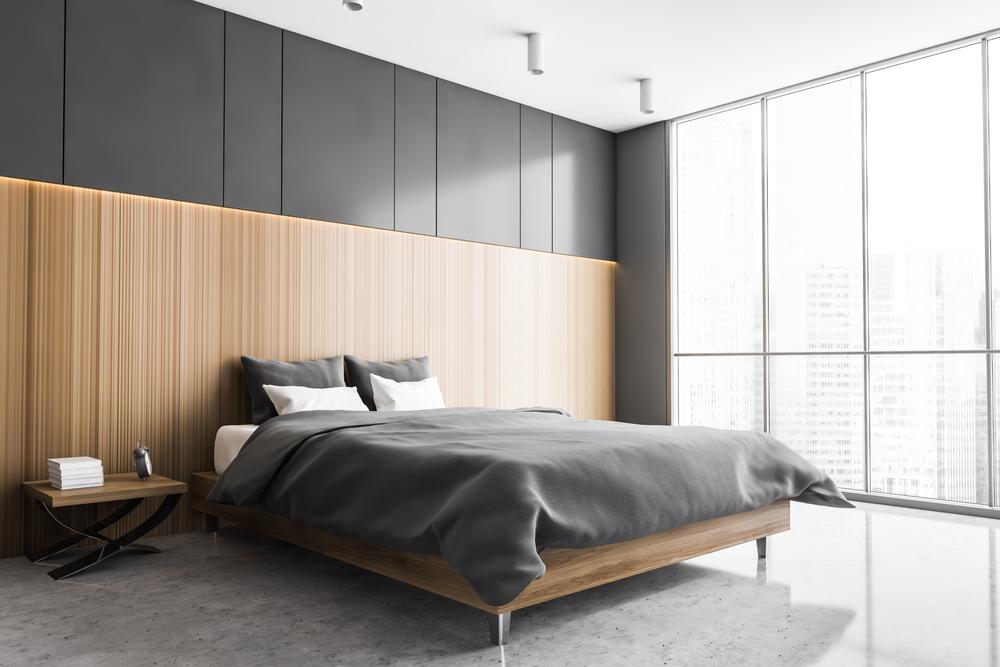
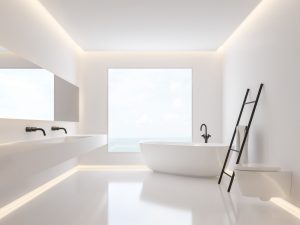

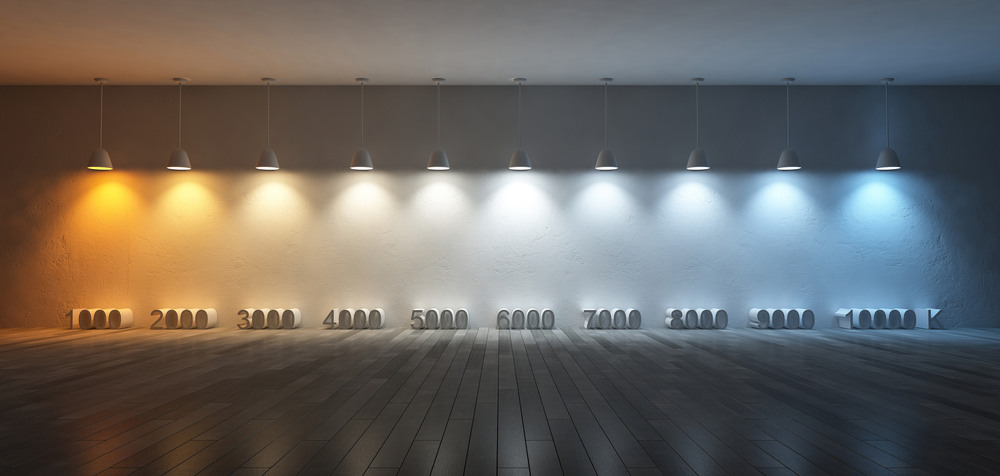
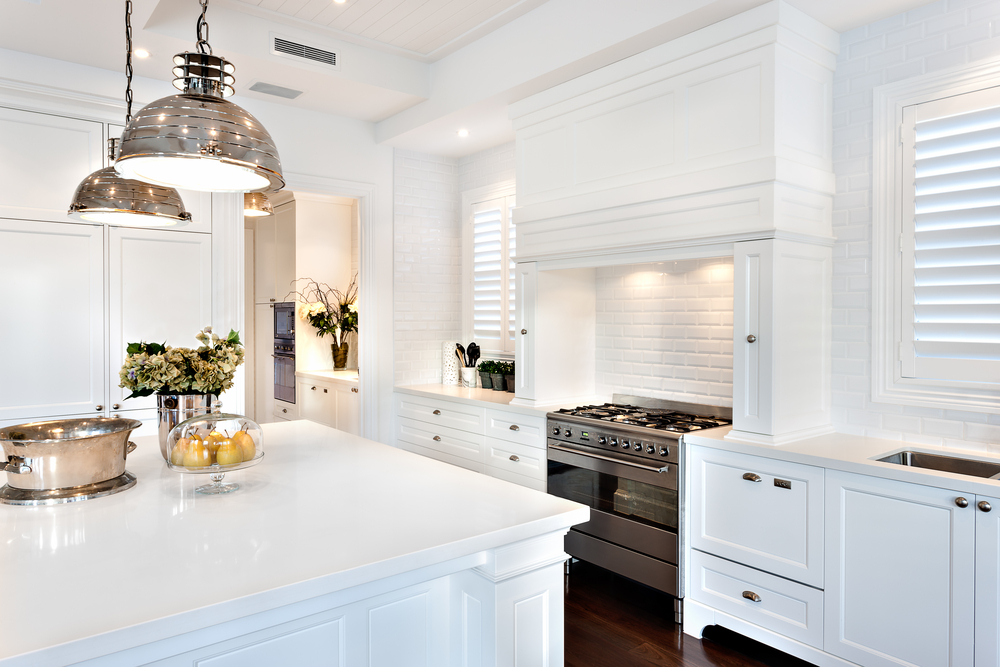

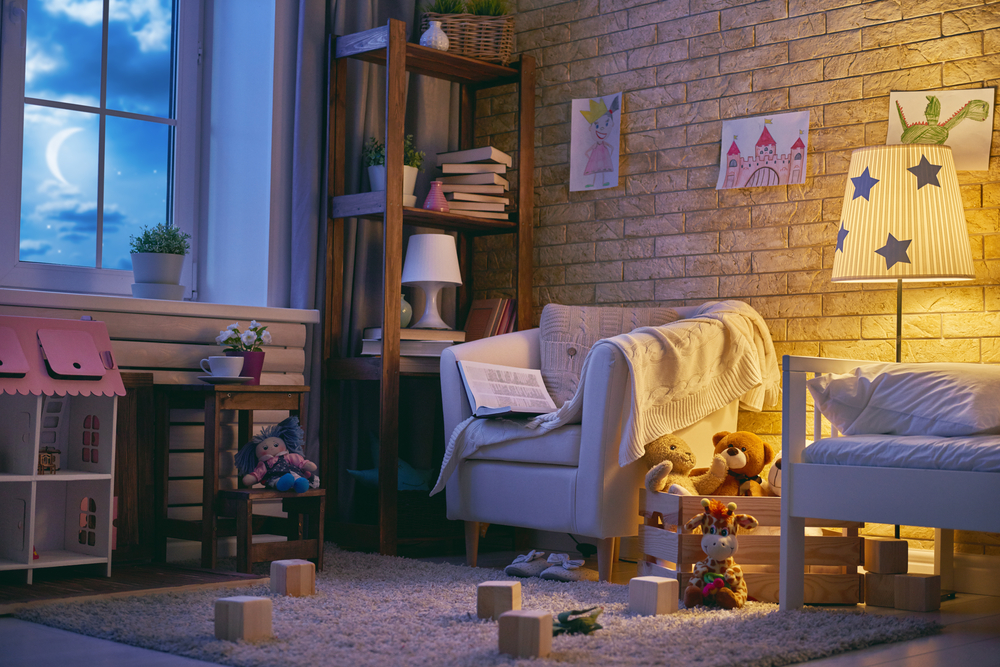
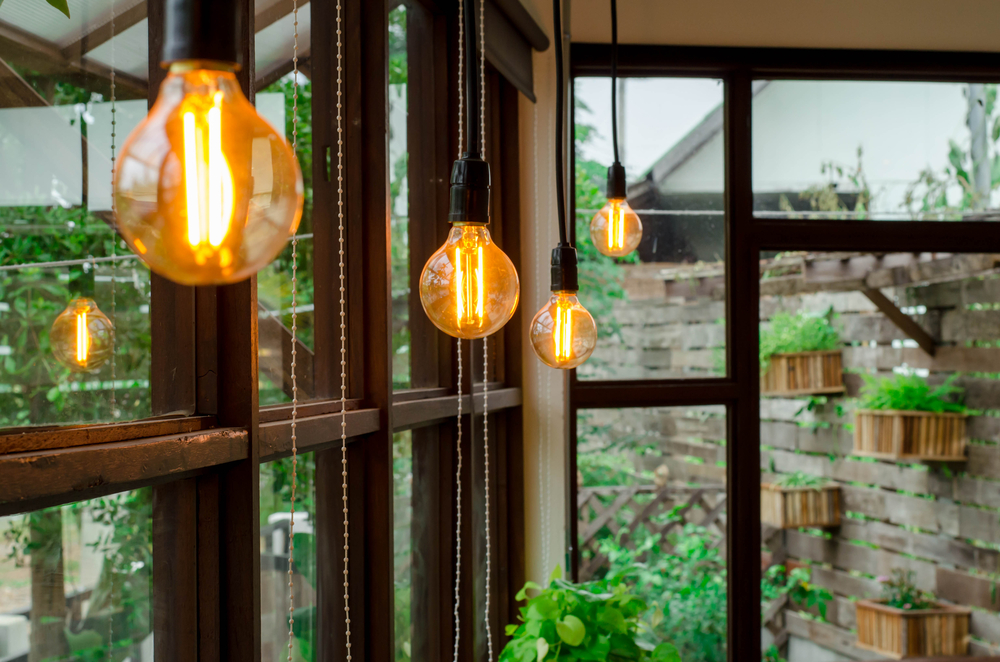
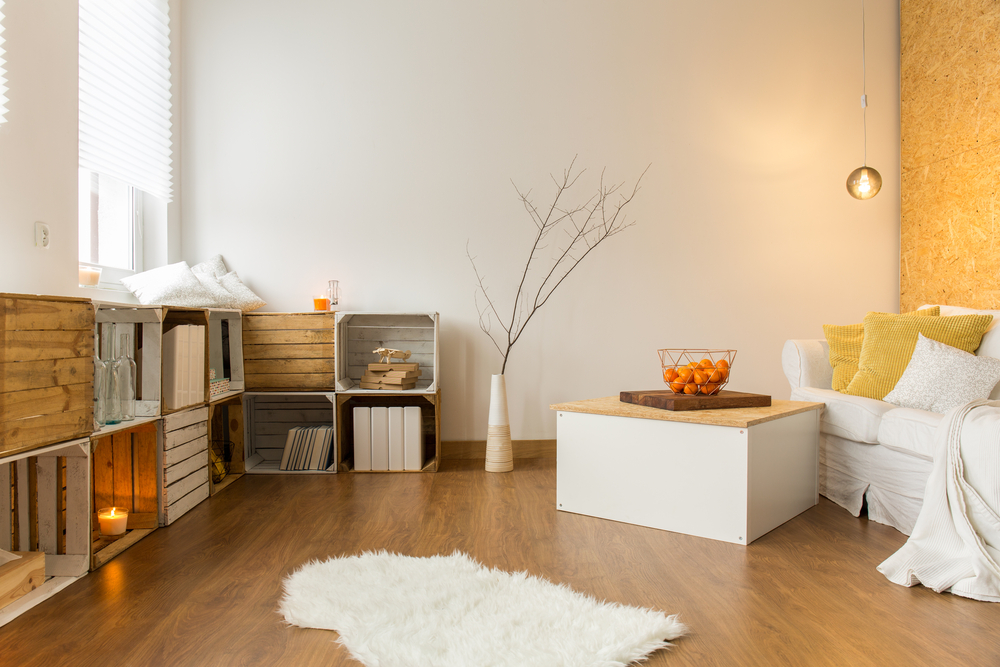

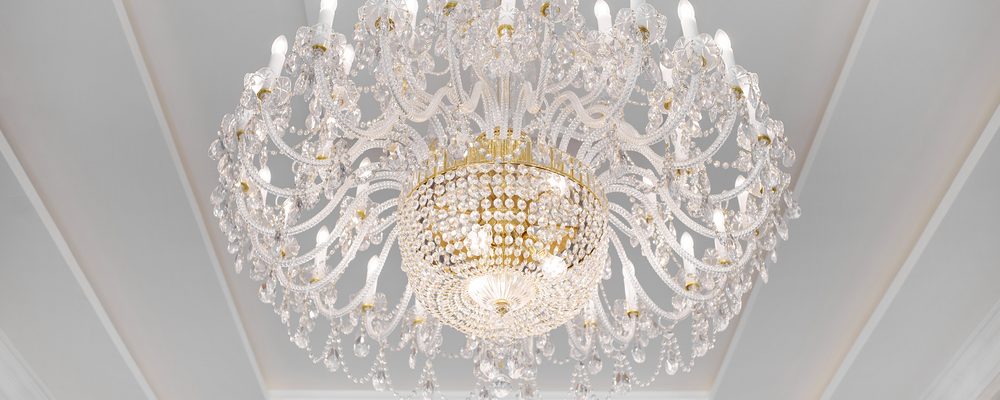
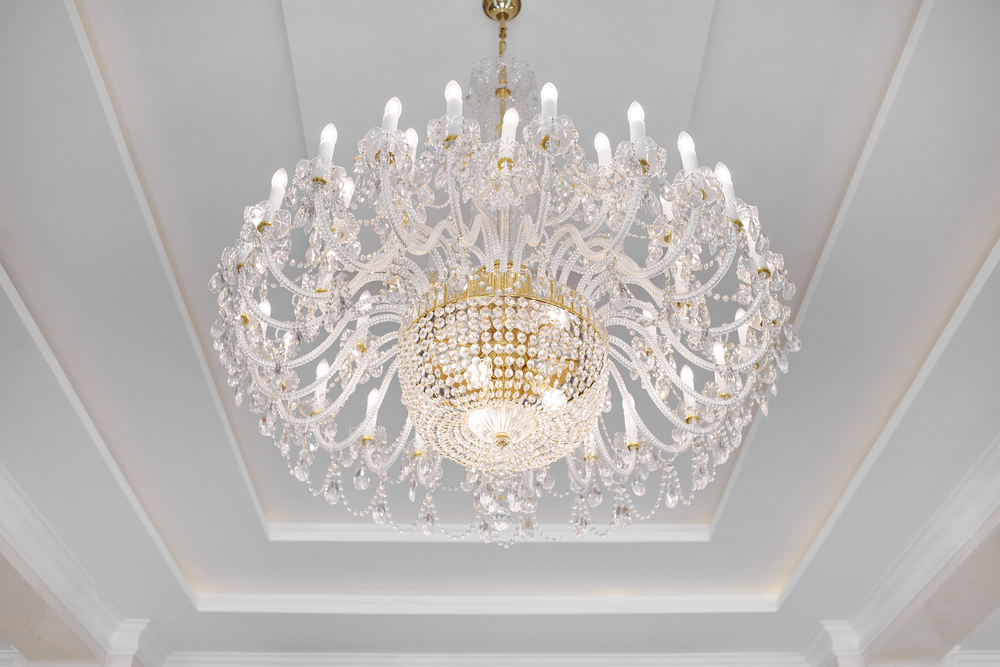 Chandelier
Chandelier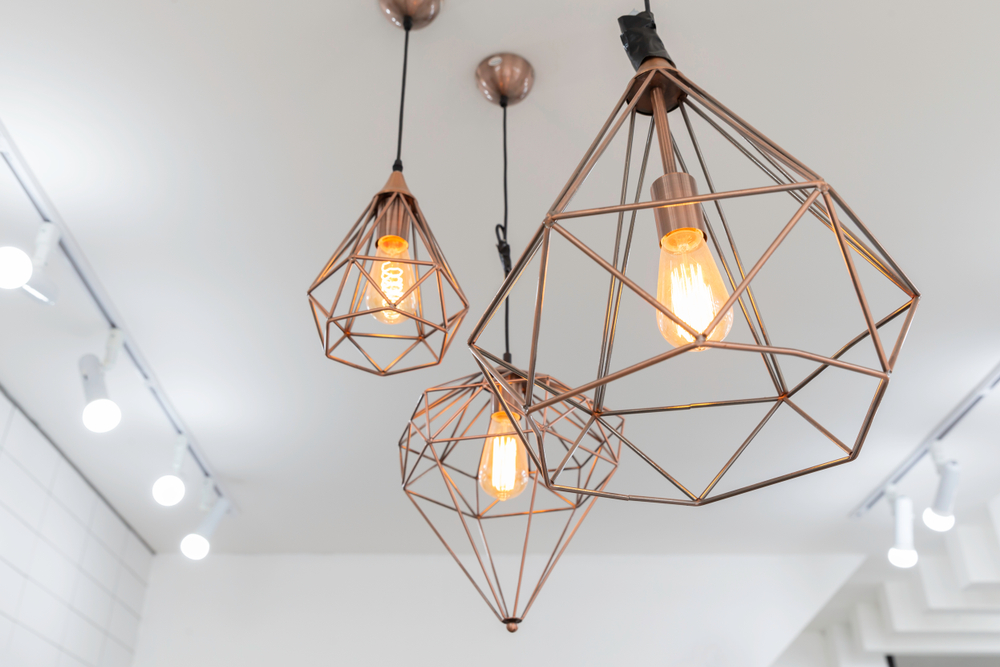 Pendant Light
Pendant Light